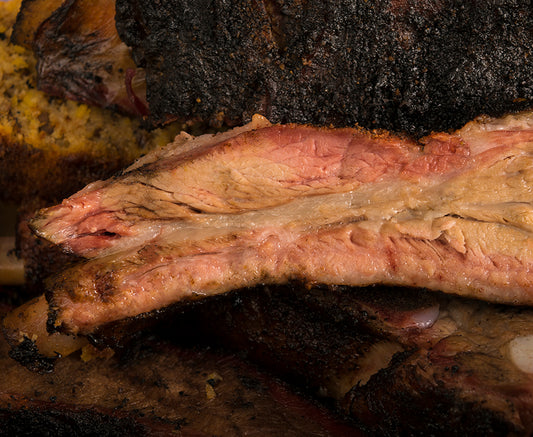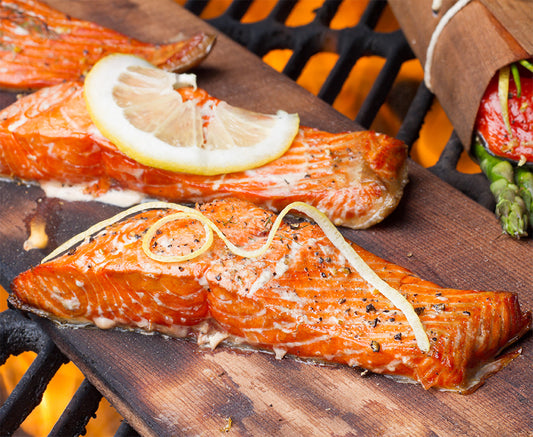We’ve all heard about brining and curing. They are the best ways to impart flavour and make meats and poultry tender and juicy. But what’s the difference between them and when do you choose one over the other?
Both are traditional methods of preserving food and have the advantage of giving you the option to infuse flavour and, sometimes, even help tenderize the product.
Differences Between Cure and Brine
Cure is a method of preparing meats or fish for preservation by salting. When most people refer to curing food they are referring to a “dry-cure”, in opposition to a “wet-cure”, that is in fact a brine.
For the purpose of this blog, when I say cure I mean dry-cure. Curing food imparts a unique “cured” flavour to food. Moreover, it and can be a mean to impart other flavours into the food, such as herbs and spices.
For Preservation, Choose Dry-cure
However the main application for curing is to preserve food. Packing meat or fish in a dry-cure pulls all of the water out of the flesh to avoid spoilage from bacterial growth. The principle is that without water, no bacteria can survive.
In its simplest form, a cure is just salt, but most often some sugar and/or herbs will be mixed to create more complex flavours.
There are a few recipes, such as gravlax, where fish or meat is packed in a dry salt cure and then consumed immediately. But most modern uses also involve the added steps of fermenting and/or hot or cold smoking after the curing. Such a process is used for cold-smoked salmon, pepperoni or salami.
Here are a few great smoker recipes that use a good old fashioned dry-cure:
To Impart Flavour and Tenderize, Choose Brine
A brine is a liquid saturated with salt. Technically speaking, a brine is a “wet-cure”. Brining is more so used for imparting flavour and tenderizing, and less commonly used for preservation.
While it does have the ability to preserve food when combined with other preservation techniques such as smoking, it is less commonly used than dry cure. It is sometimes considered to be less effective, as it relies entirely on another preservation method.
Brining is often compared to marinating. This is a fairly accurate comparison, except that brines rely on salt to drive fluid exchange across and into the meat tissue, while marinades use acid to break down meat tissue.
The simplest brine is just salt and water, but the addition of ingredients such as fresh herbs, crushed garlic, brown sugar, mustard seeds, lime or even beer can bring your meal to the next level.
There are many different ways to add brining to elevate everyday recipes such as chicken and turkey. Here are some excellent smoker recipes that turn out oh so tasty with a little brining beforehand.





